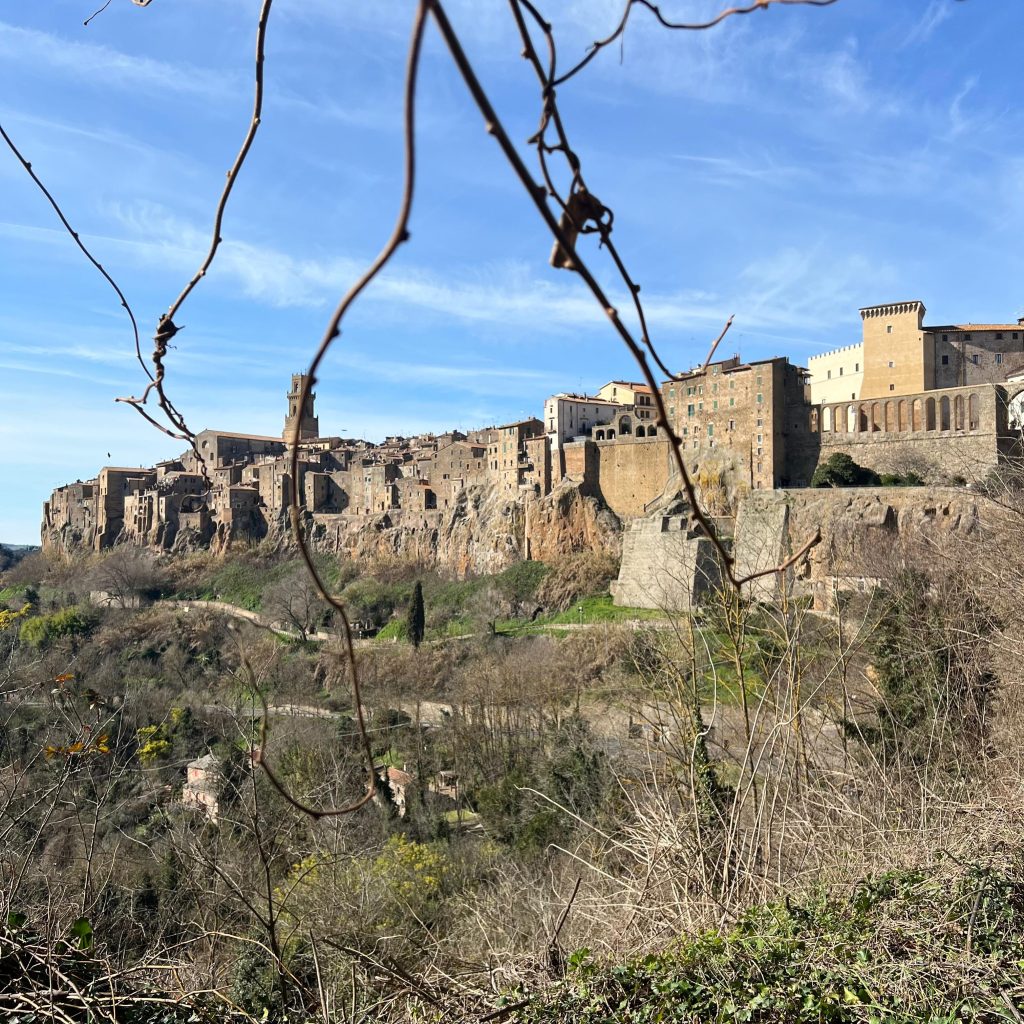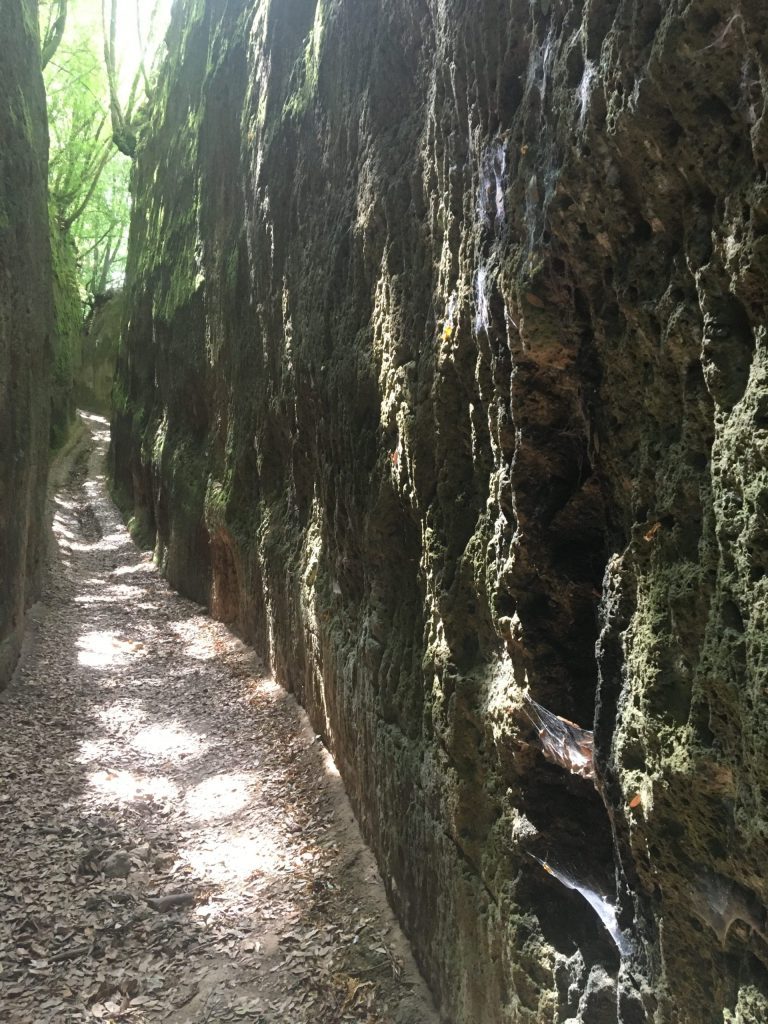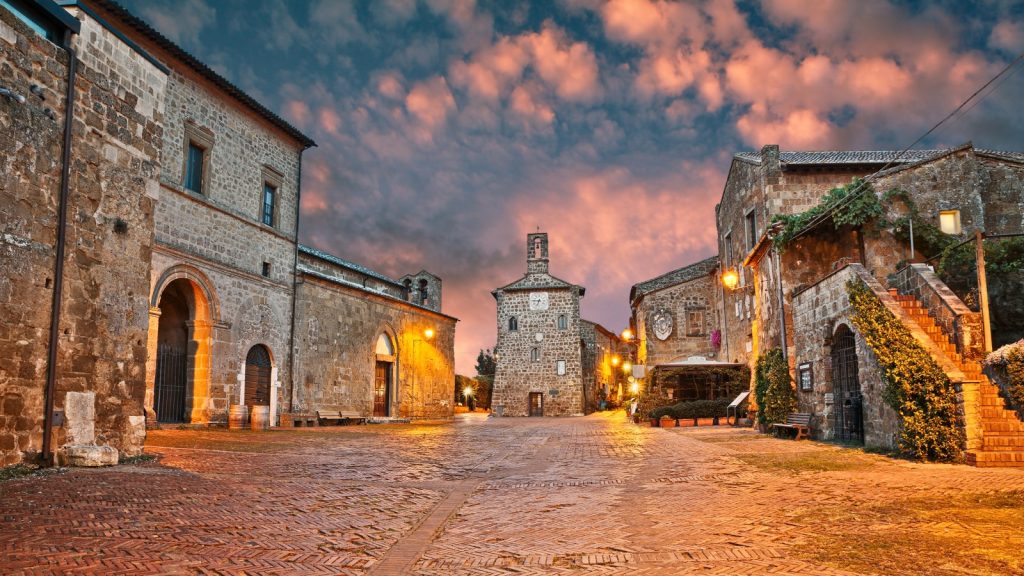Pitigliano: Living in a Jewel of Stone Between Beauty and Reality
With its skyline carved into volcanic tuff and a maze of alleys that echo centuries of history, Pitigliano is one of the most captivating gems of southern Tuscany. It enchants visitors with its uniqueness, its deep memory, and a beauty that feels untouched by time.
But what does it mean to actually live in a place like this today?
In recent years, Pitigliano has seen a steady rise in tourism, drawn by the allure of its vie cave (ancient Etruscan roads carved into stone), its layered cultural heritage, and the town’s timeless atmosphere. Yet, as in many historic Italian villages, this growth has brought with it significant challenges for the people who still call it home.
The Everyday Challenges
The historic center is slowly emptying out. More and more homes are being turned into tourist rentals, and the number of year-round residents is shrinking. Young people struggle to find affordable housing or jobs beyond seasonal tourism. Older residents face the physical strain of living in a village made of steep climbs, stairways, and narrow alleys.
Basic services are also disappearing. Small local shops are closing down, replaced by tourist-oriented businesses—often with little left of their original, authentic character. The rhythms of everyday life are increasingly shaped by a tourism boom that peaks on weekends and in summer, with crowds that can overwhelm the capacity of the village.
Then there’s the issue of land and heritage management: maintaining the vie cave, preserving the landscape, and finding a balance between access and conservation. These are complex issues that require ongoing attention—and often rely on tourism-related funding to be addressed at all.
Building a New Balance
But Pitigliano isn’t just something to look at—it’s a living community. And that vitality could be the key to creating a new balance between tourism and local life.
One possible step is better regulation of short-term rentals, to avoid turning the entire historic center into a scattered hotel with no residents. At the same time, efforts should focus on supporting young people who want to stay—through incentives for those opening local businesses, artisan workshops, or cultural activities rooted in the territory.
Encouraging slower, more mindful tourism is also essential: guided tours that go beyond surface-level sightseeing, hiking trails that explore the vie cave, and immersive experiences that respect both the place and its people.
Investing in the upkeep of the vie cave, sustainable mobility, and essential services (like local transport, healthcare, and digital connectivity) is key to making Pitigliano not just a destination to visit, but a place where people can live and thrive once again.
In Conclusion
Pitigliano doesn’t need to become an open-air museum. It needs to remain what it has always been: a living village, one that keeps its soul alive through the people who inhabit it.
Finding a balance between tourism and real life is not just possible—it’s essential. But it starts with listening to the community, and a deep respect for the land they care for every day.



